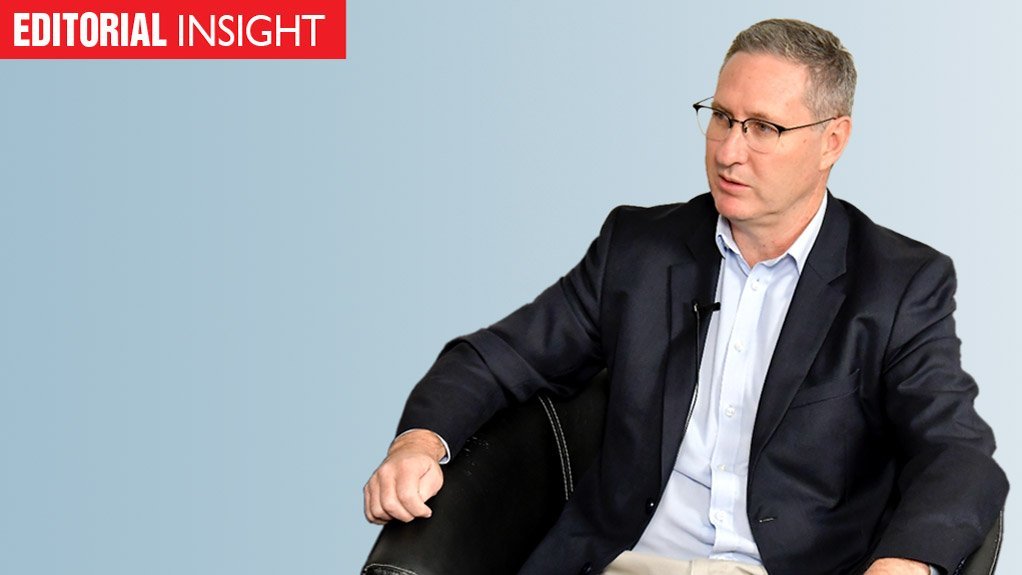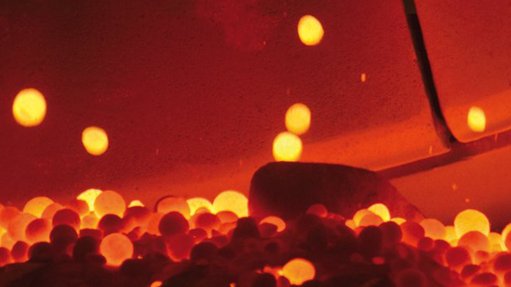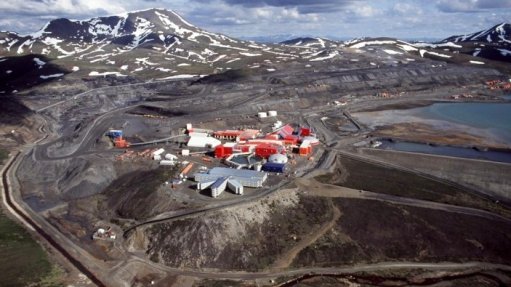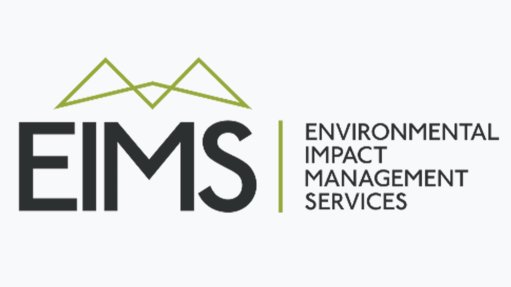Tangible opportunity
Globally, countries are increasingly prioritising the development of local capacity to improve the resilience of their energy systems in times of crisis.
This trend is reflected in the World Energy Council’s upcoming ‘World Energy Issues Monitor 2021’, to be released next week, and has been reinforced by the Covid-19 pandemic, during which supply-chain and travel disruptions rocked some energy markets and projects.
In South Africa’s case, however, building soft and hard local capacity is as much an industrialisation and job-creation opportunity as it is a security-of-supply imperative.
To deal decisively with the country’s growth-sapping electricity crisis, major investments will be needed. There is also less and less uncertainty surrounding the nature of that investment, with the cost, financing and timing advantages of solar photovoltaic (PV) and onshore wind meaning that the technology choice is all but made to 2030 – distracting discussions around small-scale nuclear and clean-coal notwithstanding.
This reality is also largely baked into official policy, with the Integrated Resource Plan of 2019 having made allocations for more expensive coal, imported hydro and even Eskom’s battery roll-out only following policy adjustments.
These adjustments are well publicised but bear repeating. They include a yearly build limit of 1 000 MW and 1 600 MW apiece for new solar PV and onshore wind; an accommodation for the purchase of 2 500 MW of capacity from the Democratic Republic of Congo’s Inga project in line with a treaty; an allowance for Eskom’s World Bank-funded battery energy storage roll-out, as a replacement for a concentrated solar power project; and controversial recognition that a procurement process had already been undertaken ahead of the IRP 2019 for 1 000 MW of new coal.
The allocations for onshore wind and solar PV, while constrained, are nevertheless game changing. The plan envisages the addition of 14 400 MW of new wind capacity by 2030, as well as 6 000 MW of new utility-scale solar PV. In addition, solar PV is likely to absorb the lion’s share of the uncapped allocation for distributed generation between 2019 and 2022, as well as the yearly 500 MW allocation from 2023 to 2030. Already several mining companies have announced large-scale solar projects, while Sasol has upped its ambition to 900 MW.
In light of this, industrial policymakers should be working with greater urgency to define which components can be localised in the short, medium and long term. Hopefully, this will be reflected in the upcoming draft South Africa Renewable Energy Masterplan, which could be published this month.
While doing so, however, they should not lose sight of the main goal of the renewables roll-out: to close the supply deficit and to do so as cost-effectively as possible. Indeed, any economic recovery will hinge on stable and competitive power supply.
In other words, the plan should aim for local-content evolution rather than revolution so as to ensure that the technology cost advantages are not sacrificed on the localisation altar. Once demand is firmly re-established, however, policymakers can and should expect more.
Article Enquiry
Email Article
Save Article
Feedback
To advertise email advertising@creamermedia.co.za or click here
Press Office
Announcements
What's On
Subscribe to improve your user experience...
Option 1 (equivalent of R125 a month):
Receive a weekly copy of Creamer Media's Engineering News & Mining Weekly magazine
(print copy for those in South Africa and e-magazine for those outside of South Africa)
Receive daily email newsletters
Access to full search results
Access archive of magazine back copies
Access to Projects in Progress
Access to ONE Research Report of your choice in PDF format
Option 2 (equivalent of R375 a month):
All benefits from Option 1
PLUS
Access to Creamer Media's Research Channel Africa for ALL Research Reports, in PDF format, on various industrial and mining sectors
including Electricity; Water; Energy Transition; Hydrogen; Roads, Rail and Ports; Coal; Gold; Platinum; Battery Metals; etc.
Already a subscriber?
Forgotten your password?
Receive weekly copy of Creamer Media's Engineering News & Mining Weekly magazine (print copy for those in South Africa and e-magazine for those outside of South Africa)
➕
Recieve daily email newsletters
➕
Access to full search results
➕
Access archive of magazine back copies
➕
Access to Projects in Progress
➕
Access to ONE Research Report of your choice in PDF format
RESEARCH CHANNEL AFRICA
R4500 (equivalent of R375 a month)
SUBSCRIBEAll benefits from Option 1
➕
Access to Creamer Media's Research Channel Africa for ALL Research Reports on various industrial and mining sectors, in PDF format, including on:
Electricity
➕
Water
➕
Energy Transition
➕
Hydrogen
➕
Roads, Rail and Ports
➕
Coal
➕
Gold
➕
Platinum
➕
Battery Metals
➕
etc.
Receive all benefits from Option 1 or Option 2 delivered to numerous people at your company
➕
Multiple User names and Passwords for simultaneous log-ins
➕
Intranet integration access to all in your organisation





















